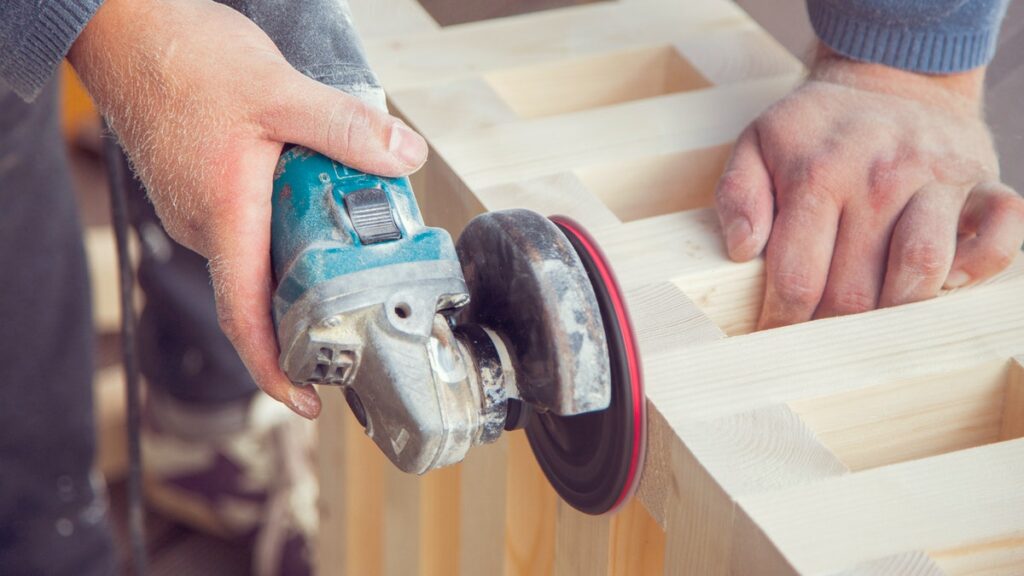The decision to renovate a home before selling it can be a difficult one. It is a lot of work and there is no guarantee that the investment will pay off. But if you are thinking about selling your home, you might want to consider whether it would be better to renovate it before listing it for sale. Home Renovation Ideas can help you increase its value and make it more attractive to potential buyers. When buyers look at homes for sale, they are looking for features that will make their lives easier, like updated kitchens and bathrooms or new flooring.
How To Plan A Renovation Without Breaking The Bank?
Renovating a house on a budget can be challenging. But there are many ways to make it happen. You just need to know how to plan for it and what not to do.
In this article, we will give you some home renovation ideas that are budget-friendly and also some renovation cost guides in order for you to plan your next renovation without breaking the bank.
7 Design Trends That Will Be Huge In 2023 for Home Renovation Ideas
Design trends are constantly changing and evolving. The 7 design trends that will be huge in 2023 for home renovation ideas are
1. Contemporary design
Contemporary design is a style that is popular in the world of interior design. It’s a style that is influenced by the technological developments of the 20th century.
This style is focused on clean lines, minimalism and functionality. Contemporary design also focuses on incorporating new materials into its designs to make them more sustainable.
2. Mid-century modern design
Mid-century modern design is a style of design that originated in the 1950s and was popularized in the United States. The style is characterized by clean lines, sleek furniture, and efficient use of space.
It’s not just about the aesthetics; this type of design also has a positive impact on your mental health.
3. Industrial style
Industrial style is a design and architectural movement that started in the mid-19th century and peaked between 1920 and 1940. It emphasizes the use of simple shapes, such as squares, rectangles, and triangles.
Industrial style is characterized by the following features:
– The use of raw materials such as brick, stone, metal, or concrete.
– Rustic or unfinished surfaces.
– Large windows with a lot of natural light.
– Heavy timbering inside buildings to support heavy machinery or structures.
– Plain colors with an emphasis on black and white or shades of gray.
In contemporary design, a modern twist to industrial style suggests innovative materials like thin bricks, offering a space-efficient alternative to traditional brick. Thin brick from I-XL maintains the industrial essence while providing flexibility in application. This allows the homeowners to achieve an industrial look without compromising on practicality. This approach seamlessly blends the historic charm of industrial design with cutting-edge solutions, reflecting the evolution of this timeless aesthetic into the present day.

4. Scandinavian design
Scandinavian design is simple and elegant. It is also functional and practical.
Scandinavian design is a style that emphasizes simplicity, functionality, and minimalism. This style has its roots in Scandinavia which is where the name comes from.
The minimalist Scandinavian designs are often characterized by sparse decoration, neutral colors, clean lines, and an open floor plan.
5. Minimalist design
Minimalist design is a style of design that involves stripping back the design to its most essential features. The style is closely associated with modernism and the International Style and has been influential in Western architecture and interior design for 50 years.
The term “minimalism” derives from the Latin word “minimus,” meaning “least, smallest.” It was first used in the 20th century as an adjective by American art critic Robert Coates to describe paintings by artists such as Barnett Newman, Ad Reinhardt and Frank Stella.
The idea of minimalism is to remove all unnecessary elements from a work of art or architecture so that it might express pure form or function. In essence, it’s about getting rid of anything that isn’t necessary for the piece’s ability to have its desired effect.
6. Rustic style
Rustic style is a design trend that is popular in the home renovation industry. It is characterized by natural materials, textures, and colors.
The rustic style has been around for many years and it’s still going strong. This style emphasizes the beauty of natural materials like wood, stone, and metal. The rustic design is typically characterized by rough textures and less-polished finishes.
7. French country style
French country style is a design style that is typically characterized by the use of reclaimed wood and exposed brick. The most popular colors are usually neutral like beige, white, black, and gray.
What Is The Cost of Do-It-Yourself Home Renovations?
DIY home renovations may seem like a cost-effective way to save money, but DIY projects can often end up costing more than hiring a professional.
The average cost of hiring a general contractor is $35 per hour. This includes the time it takes for them to do the job and any costs that come up along the way (such as materials).
On the other hand, if you were to hire a contractor for an entire project, it could cost you around $10-$20 per hour. That’s because contractors usually charge by the job rather than by how long they spend working on it.
Conclusion: Three Quick Tips Before Starting A Home Renovation Project
1. Know what you want
2. Create a budget
3. Choose your team wisely
The first step is to know what you want and set a budget for the project. This will help you choose the right contractor and materials for your home renovation project. Next, make sure that you have chosen the right team to do your renovation because this is going to be a huge investment in time and money. Poor workmanship and disputes can even lead to lawsuits.

